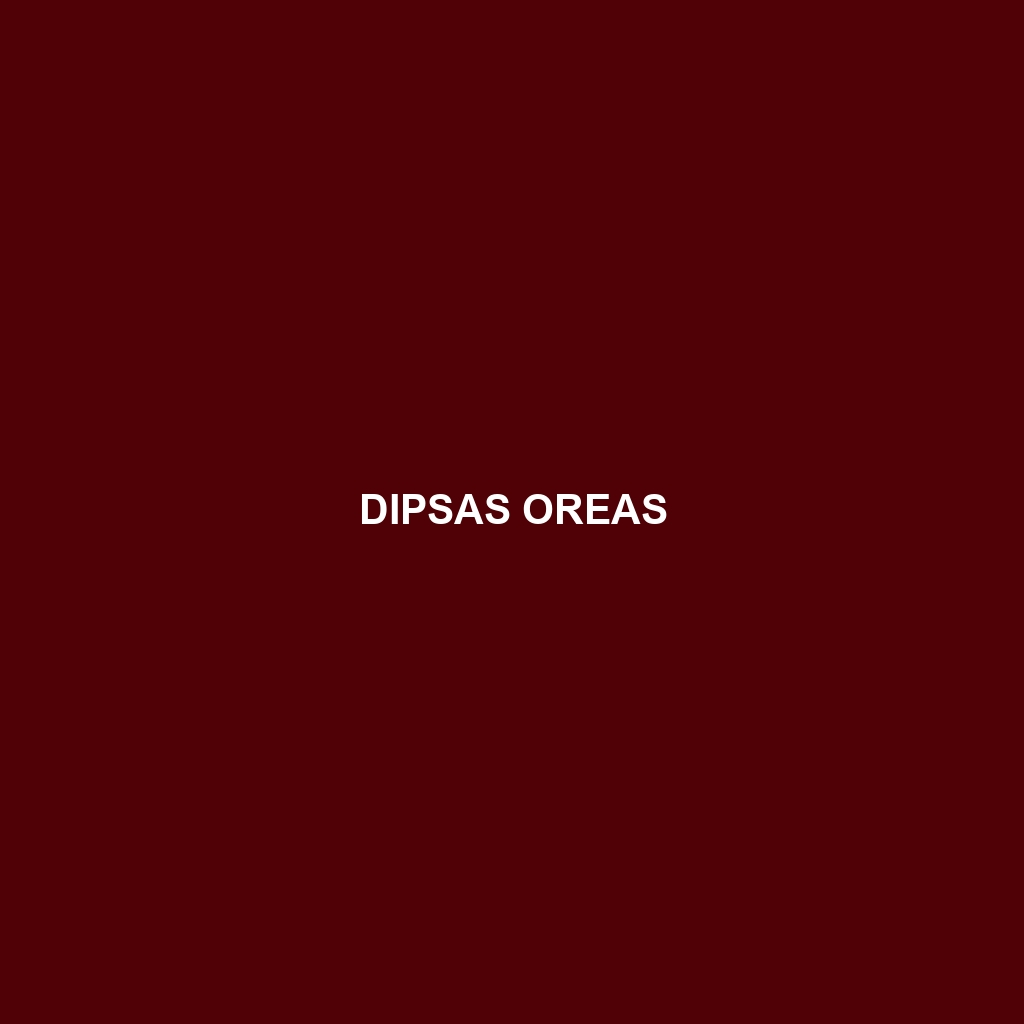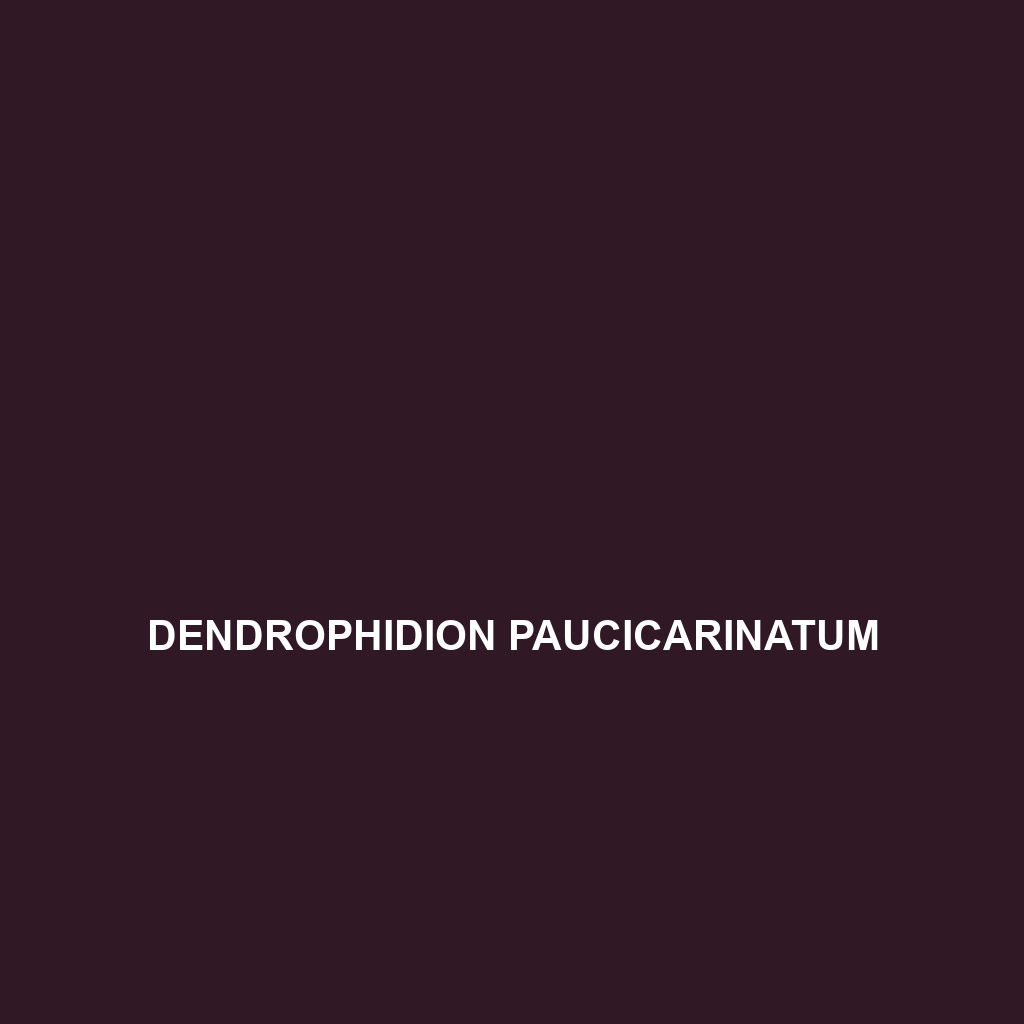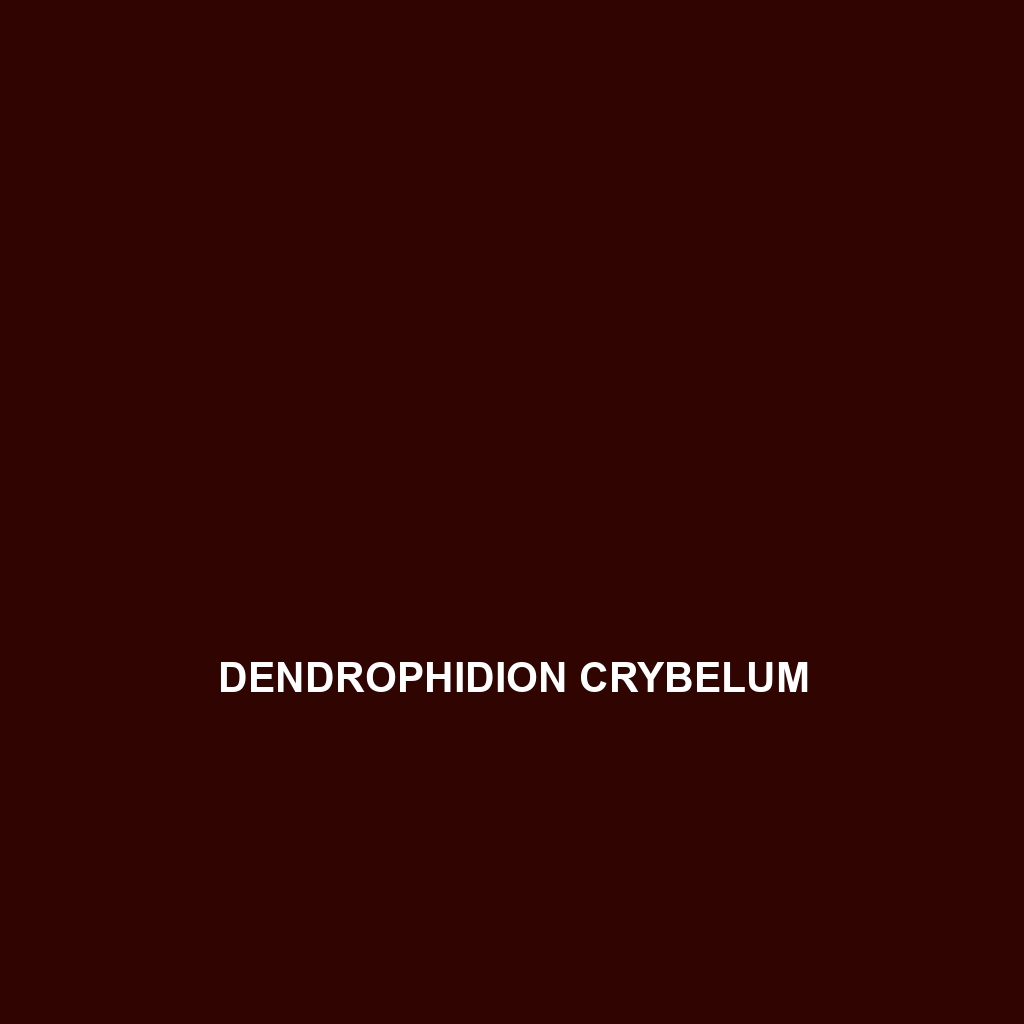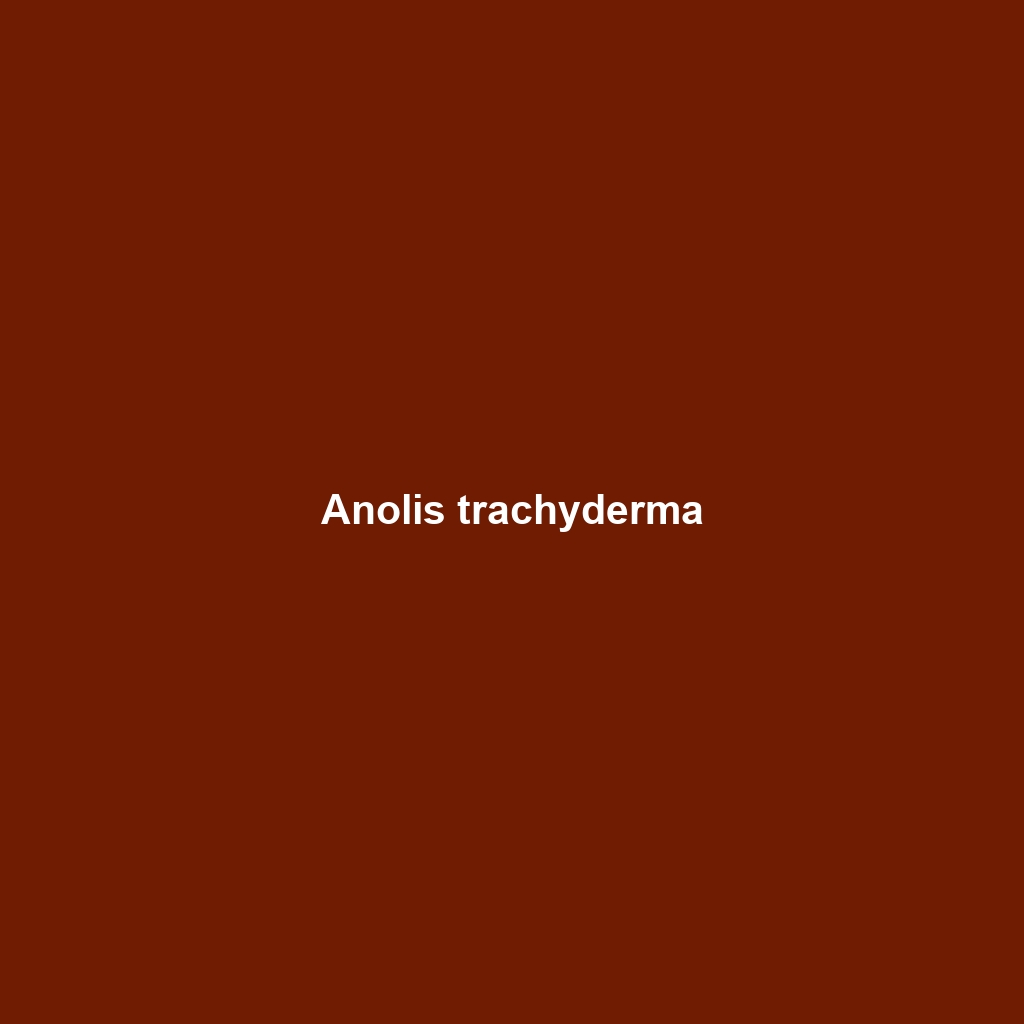<p><b>Epictia melanura</b>, commonly known as the black striped snake, is a slender, nocturnal insectivore found in humid tropical rainforests and savannas of Central America. This species, characterized by its striking black stripes and camouflage, plays a crucial role in controlling insect populations and maintaining ecological balance.</p>
Tag: Panama fauna
Dipsas praeornata
Dipsas praeornata, commonly known as the chocolate-backed wren snake, is a slender, nocturnal snake found in the humid lowland forests of Central America, recognized for its striking brownish coloration and diet primarily consisting of gastropods. This non-venomous species plays a vital role in its ecosystem by controlling invertebrate populations while thriving in moist tropical environments.
Dipsas oreas
Dipsas oreas, or the highland snail-eating snake, is a non-venomous species native to the montane and cloud forests of Central and South America, characterized by its slender body, striking brown, gray, and yellowish coloration, and a diet primarily consisting of snails and slugs. This nocturnal predator contributes to ecosystem balance by controlling snail populations and exhibits adaptations for extracting its prey from shells.
Dendrophidion paucicarinatum
<strong>Dendrophidion paucicarinatum</strong> is a non-venomous snake found in the tropical rainforests of Central America, known for its agile climbing abilities and distinctive coloration ranging from olive green to rich brown. This diurnal predator primarily feeds on small mammals and birds, playing a vital role in controlling local ecosystems.
Dendrophidion crybelum
The Dendrophidion crybelum, or crystal tree snake, is a vibrant green arboreal snake native to the tropical rainforests of Costa Rica and Panama, characterized by its striking yellow and black markings, agile climbing abilities, and diet consisting mainly of small mammals and lizards. This species plays a vital role in its ecosystem by regulating prey populations and serves as a food source for larger predators, while currently being classified as of Least Concern by the IUCN.
Dendrophidion bivittatus
Experience the stunning Dendrophidion bivittatus, or two-striped snake, native to Central America's tropical forests. This semi-arboreal predator, measuring 60 to 110 cm, features striking green to brown coloration with distinctive longitudinal stripes and primarily feeds on small lizards and frogs.
Copeoglossum nigropunctatum
Copeoglossum nigropunctatum: An Overview Common Name: Copeoglossum nigropunctatum Scientific Name: Copeoglossum nigropunctatum Habitat Copeoglossum nigropunctatum, commonly known as the black-spotted skink, primarily inhabits various regions across Central America, particularly in countries such as Costa Rica and Panama. This species is often found in tropical forests, grassy areas, and near water bodies where it can bask […]
Anolis trachyderma
Discover the Anolis trachyderma, a vibrant lizard native to the tropical rainforests of Central America, known for its agile climbing abilities, striking rough skin in shades of green and brown, and its crucial role in maintaining ecological balance by preying on various insects. This diurnal species thrives in humid, densely foliated environments, showcasing fascinating territorial behaviors and color-changing abilities.
Anolis strahmi
Discover the vibrant Anolis strahmi, also known as Strahm's anole, a small, green lizard native to Central America's lush rainforests. Featuring distinctive darker stripes and a colorful dewlap in males, this territorial climber thrives in humid environments, feeding on insects and playing a crucial role in its ecosystem.









